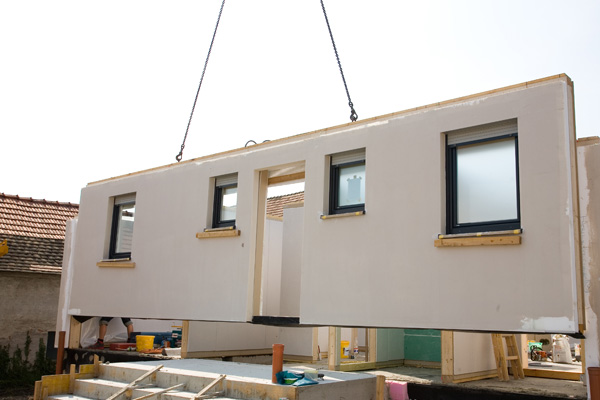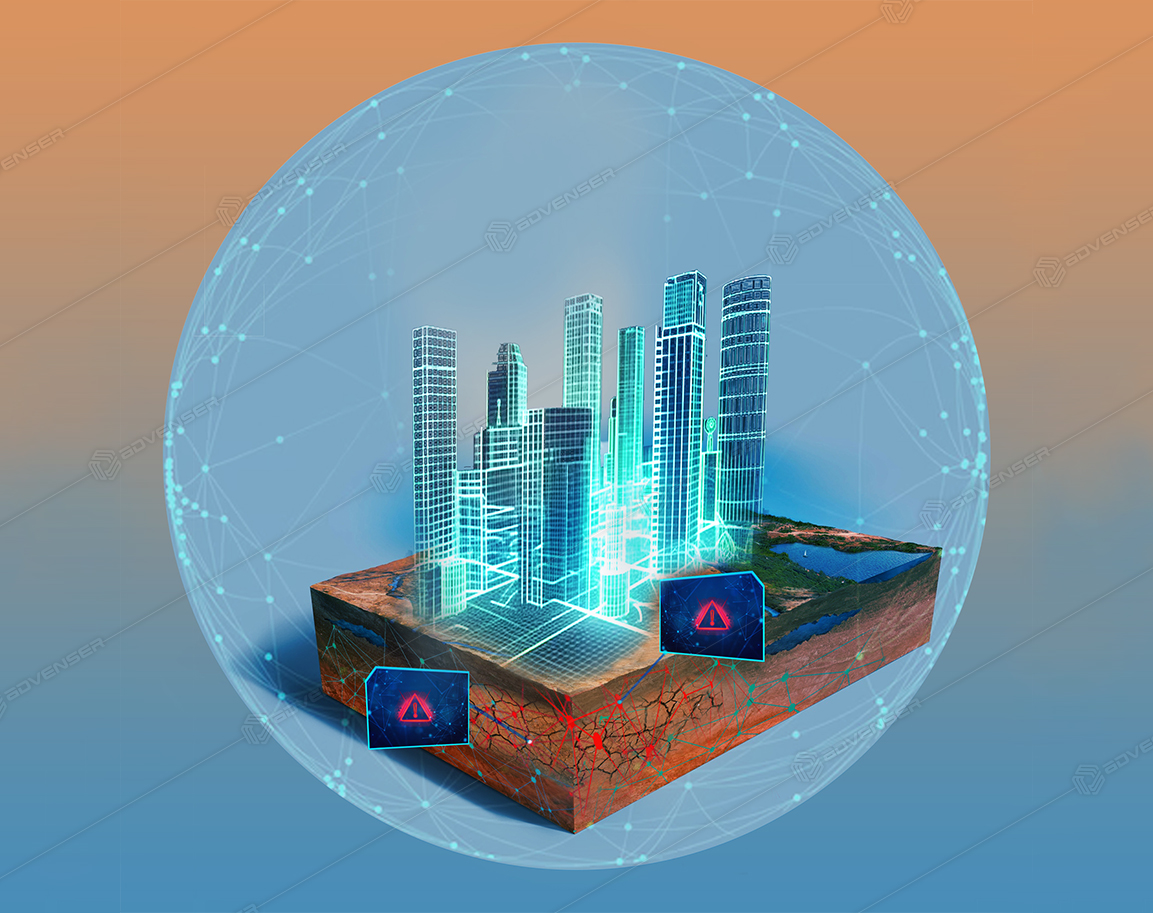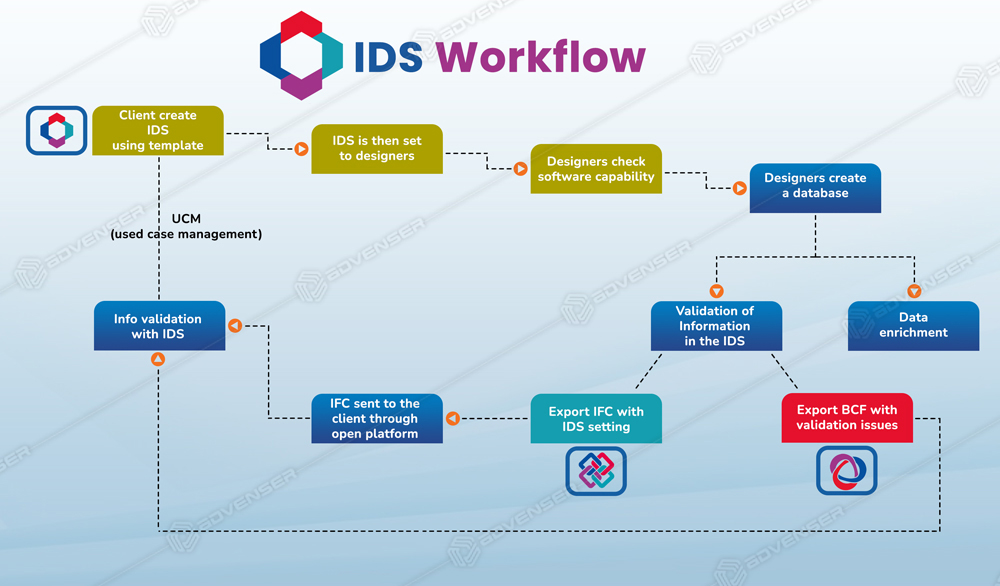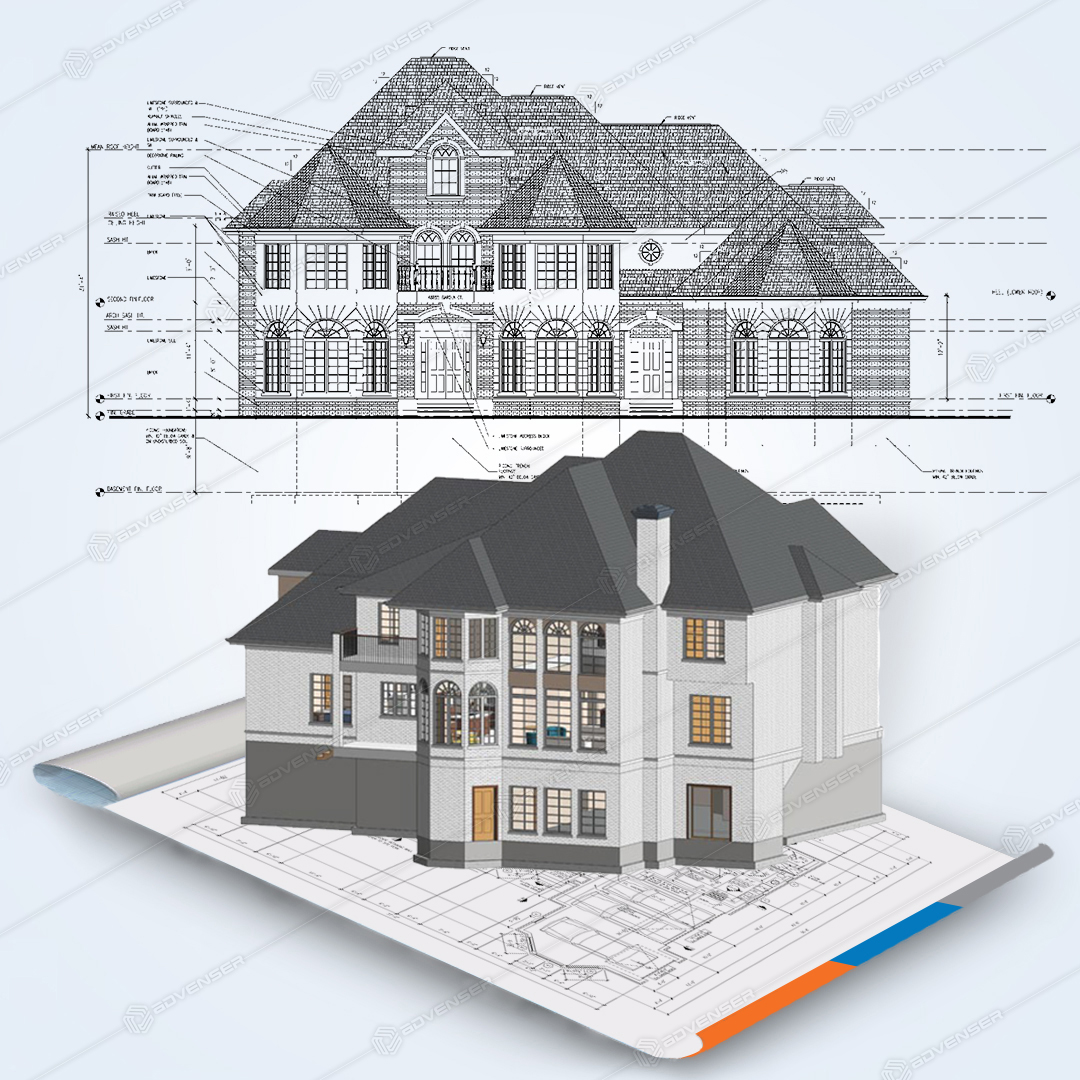What is BIM????
By now, we guess all are aware of what BIM is…are you sure??
Let us look into it once more – BIM is an acronym for Building Information Modeling. In simple words, it means building a model asset with entire useful information.
Misinterpreted many times as a software or just a 3D model – BIM is not software, rather it is a technology, or process that supports intelligent modeling. BIM model is far beyond just a 3D model, precisely it is a data-rich intelligent model.
To elaborate, BIM is a holistic process of designing/creating and ultimately managing information of a construction project across the entire project lifecycle, i.e., from its conceptual stage to its operation and demolition. A BIM model is a digital representation of the physical and functional characteristics of a building facility.
Let us first get clear with the basics of BIM……
There are many tools/software available in the market that supports BIM. Here is a list of some of them:

Autodesk Revit

Autodesk Navisworks

Autodesk Civil 3D

AutoCAD based applications

Bentley System

Graphisoft ArchiCAD

Tekla Structures and BIMsight

SketchUp

BIM 360/Autodesk Construction Cloud

Trimble SketchUp

Solibri Model Checker

Vectorworks
These tools are based on BIM technology or you can say BIM platform. Hence, these software programs are known as BIM-based tools or applications.
Why is BIM so important?
In this competitive world, new technologies are emerging to save time and transform businesses. Gearing up with them, not all but the essential ones is the key to growth and survival in the industry.
BIM serves as a single source of truth/database storage which can be further utilized for various analyses. This all happens before the project’s actual on-site construction takes place. Before the actual on-site edifice, you already have a digital model with you that includes all the details-material specifications, quantities; required information- element properties like wall height, thickness, door/window length, width, height, and so on. Most importantly you can also have the timelines set for the completion of your project. Doesn’t that sound interesting? It not only sounds interesting but all this all is actually possible with BIM. Are you ready to experience the power of BIM……?
Let us make it easy for you to take this decision by listing down the benefits of BIM in practical….
Benefits of BIM
Intelligent 3D Modeling:
With BIM, you can create a data-rich intelligent 3D model on which design changes can be performed before the actual construction takes place.
Early detection of problems and potential risks:
Once you have a digital model, it becomes easy to identify potential risks and determine clashes/conflicts preventing on-site reworks and budget overruns.
Improved Team collaboration and coordination:
Increase efficiency:
Improved communication and collaboration along with seamless workflow result in efficient project delivery and better end results.
BIM data helps throughout the project lifecycle:
This digital intelligent model does not become unworkable once the on-site construction takes place. Instead, it can be used for further analysis and management. This digital data can also be updated throughout its entire lifespan, to continue providing relevant information during any upgrade, repair, or renovation of the facility.
Cost and time saver:
From all of the above, it is clear that BIM can certainly be a cost-saver in terms of mitigating risks and reworks. Also, streamlined and predicted timelines with budget estimation make contribute to the same.
A quick disclosure-BIM is not new, it has been there since long. However, the increasing adoption and usage of BIM has made it so popular. Keen to know about what is the relevance of implementing BIM services over CAD, check our upcoming blog The relevance of implementing BIM services over CAD.
The relevance of implementing BIM services over CAD:
With the changing times, a significant transition from CAD to BIM of several AECO businesses has been witnessed. It indeed is a good mark of digital transformation. Ever wondered why is it happening? What has caused these businesses to make this shift?
BIM-implemented projects offer real-time visualization and model analysis that is befitted for the AECO industry. The application of BIM empowers project teams and involved personnel to work collaboratively throughout the project utilizing an identical database and model.
In a traditional CAD environment, the representation of design ideas is done using polylines and generic shapes for object illustration in construction drawings. Even though CAD has evolved over time with respect to its accuracy and several features facilitating the creation of complex 3D models, it cannot compete with the BIM outcome.
BIM on the other hand outshines a CAD system and focuses on the creation and management of a virtual data-rich model specifying the functions of each element before the actual construction. It can be addressed as a dynamic environment where any changes are updated automatically throughout the model.
Understanding what BIM does is significant as is opting for the right software to go ahead with it. Selection of BIM-based software that suits your business makes it easy for deciding the learning curve and upgradation period.
The ease and comfort of using CAD over years can be a cause of hindrance during this transition process. But remember this could halt your growth and development making you miss the forthcoming benefits.
CAD and BIM files differ in many ways and usage. None can be replaced with one another. BIM applies an entirely new way of working and changes in the existing workflow. But it is for sure that with BIM you are one step ahead towards the digital transformation journey -the need of a new era! It is certainly going to be beneficial for you and your business in the long run and for survival in the competitive market.
Technology advancements in BIM:
BIM in itself is extensive & logical in nature. BIM not only is restricted to modeling but can also be leveraged with various other existing and upcoming technologies. Some of these BIM advancements are as below with a brief intro:

AR/VR
BIM with Augmented Reality (AR) aids in adding digital details to the real-world environment. The uses of AR in construction are very advantageous to exemplify existing installations in prevailing edifices with VR helps to provide a better understanding of the project for involved parties to have an immersive experience of the project.

Drones
BIM with Drones technology can be utilized during all phases of construction – pre-construction for analyzing the site conditions, during construction for tracking and monitoring purposes, and post-construction for maintenance activities. This can help save time and reworks addressing safety concerns.
Prefabrication

Energy Modeling
BIM can help in designing an energy-efficient model contributing towards a greener and more sustainable construction. It helps in acquiring green certifications like LEED, Green Building, BREEAM as well as in the calculation of building lifecycle analyses and their impact on the environment to reduce carbon footprints.

Cloud Technology
BIM supports collaboration. Due to this, it makes it possible for the project teams to enhance the overall project productivity eliminating miscommunication and working from different locations.

Digital Twins

AI
BIM with AI can help automate the process avoiding redundant tasks and resulting in generative designing.
Advenser is always there to help! In addition to offering BIM trainings, we also help you with various BIM services to alleviate your digital transformation journey.
Check our website to know more about us and our service offerings.








